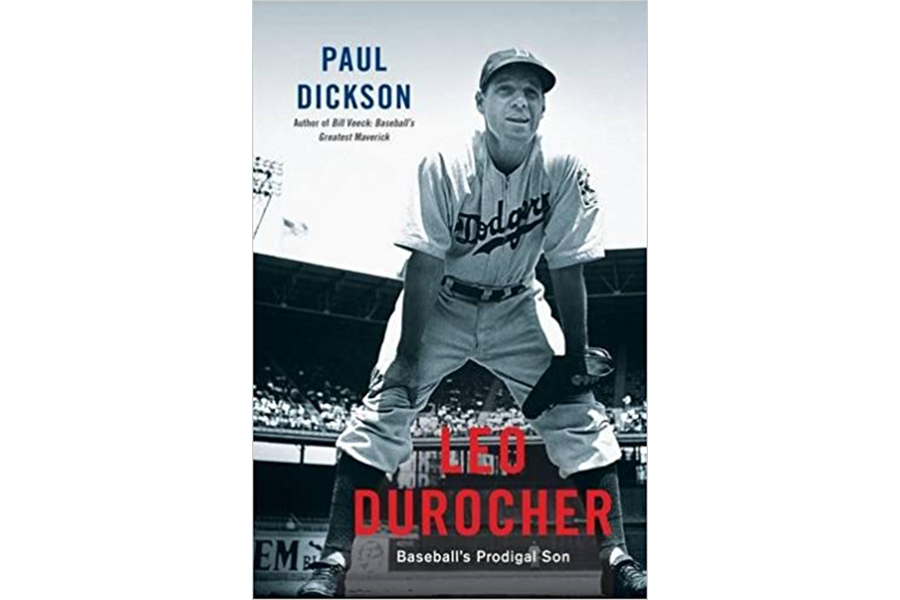Leo Durocher was more than a baseball player and manager, he was a grade-A personality, always colorful, controversial, and unabashedly abrasive. In the latter regard, it was Leo the Lip who is credited with the famous quote that “nice guys finish last.” Biographer Paul Dickson contends that for Durocher baseball was more than a game, it was theater. Leo’s long run on baseball’s stage included 17 years as an infielder with four different teams, including the 1920s Babe Ruth Yankees and the 1930s St. Louis “Gashouse Gang.” He spent an additional 24 seasons managing, racking up more than 2,000 wins and taking the 1954 Willie Mays-led New York Giants to a World Series championship. All the while, he was keeping gossip columnists busy writing about his multiple marriages, including to actress Laraine Day.
Here’s an excerpt from Leo Durocher:
“Now settled with the [New York] Giants and happily married, Durocher seemed to be living a new life. During the season, he lived on Park Avenue, lunched at ’21,’ and commanded a place of honor at Toots Shor’s restaurant. In the off-season, he and [actress] Laraine [Day] lived in Santa Monica, where as ‘Baseball’s First Couple’ they were the toast of Hollywood, picking up tens of thousands of dollars in fees for joint appearances on radio and television shows. Day had become ‘the first lady of baseball’ and a fixture among the Giants wives in Section 19 at the Polo Grounds, and her hit pregame show was renewed quickly for the 1951 season.
“The Durocher-Day marriage became a national fixation during Leo’s early Giants years. Dozens of magazines put the two on their covers; several had them on twice. For many Americans, Durocher symbolized the guy from the wrong side of the tracks who got to marry the movie star. Durocher claimed Day had civilized him, and he was now eager to talk about antiques, Persian carpets, and modern art.”







